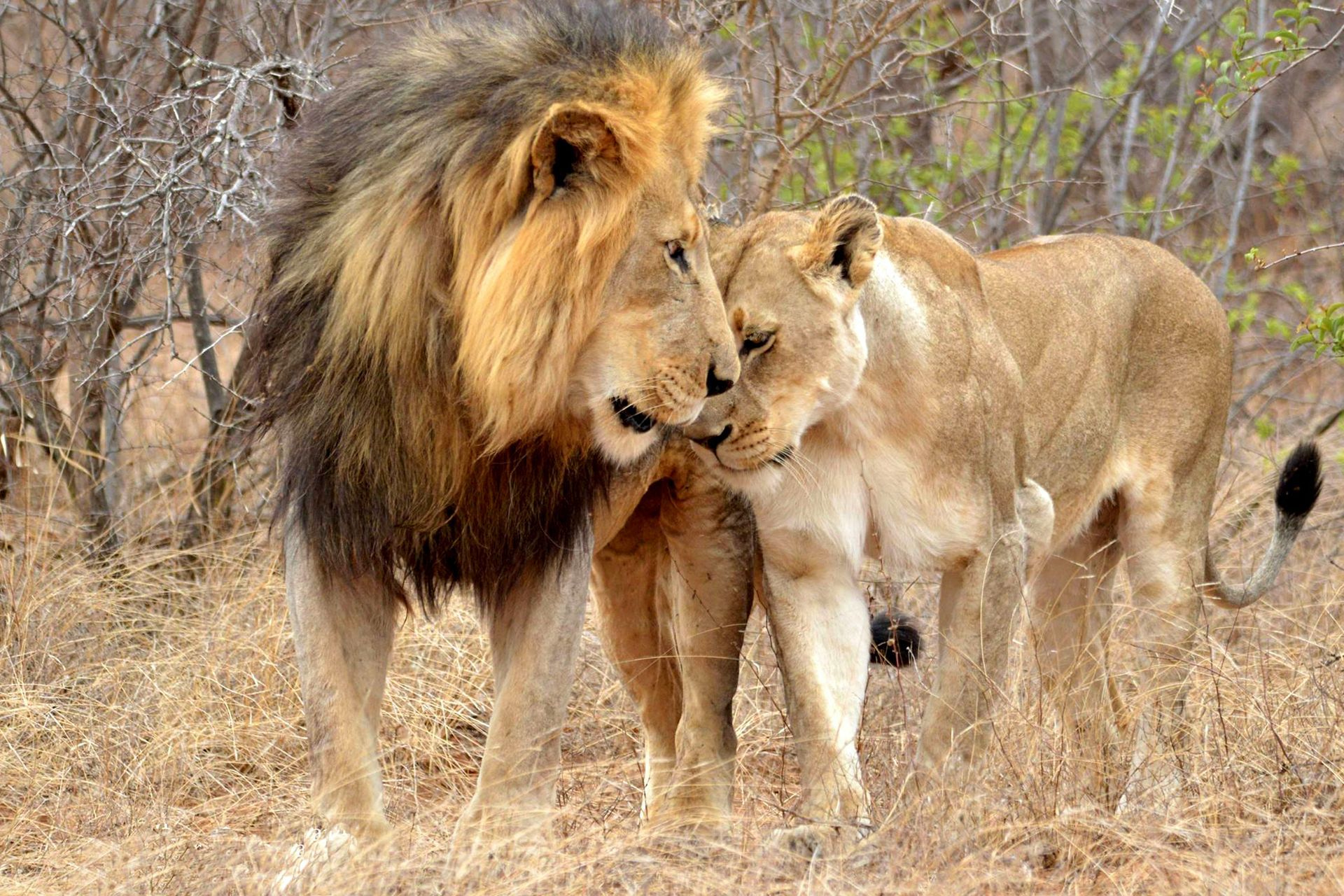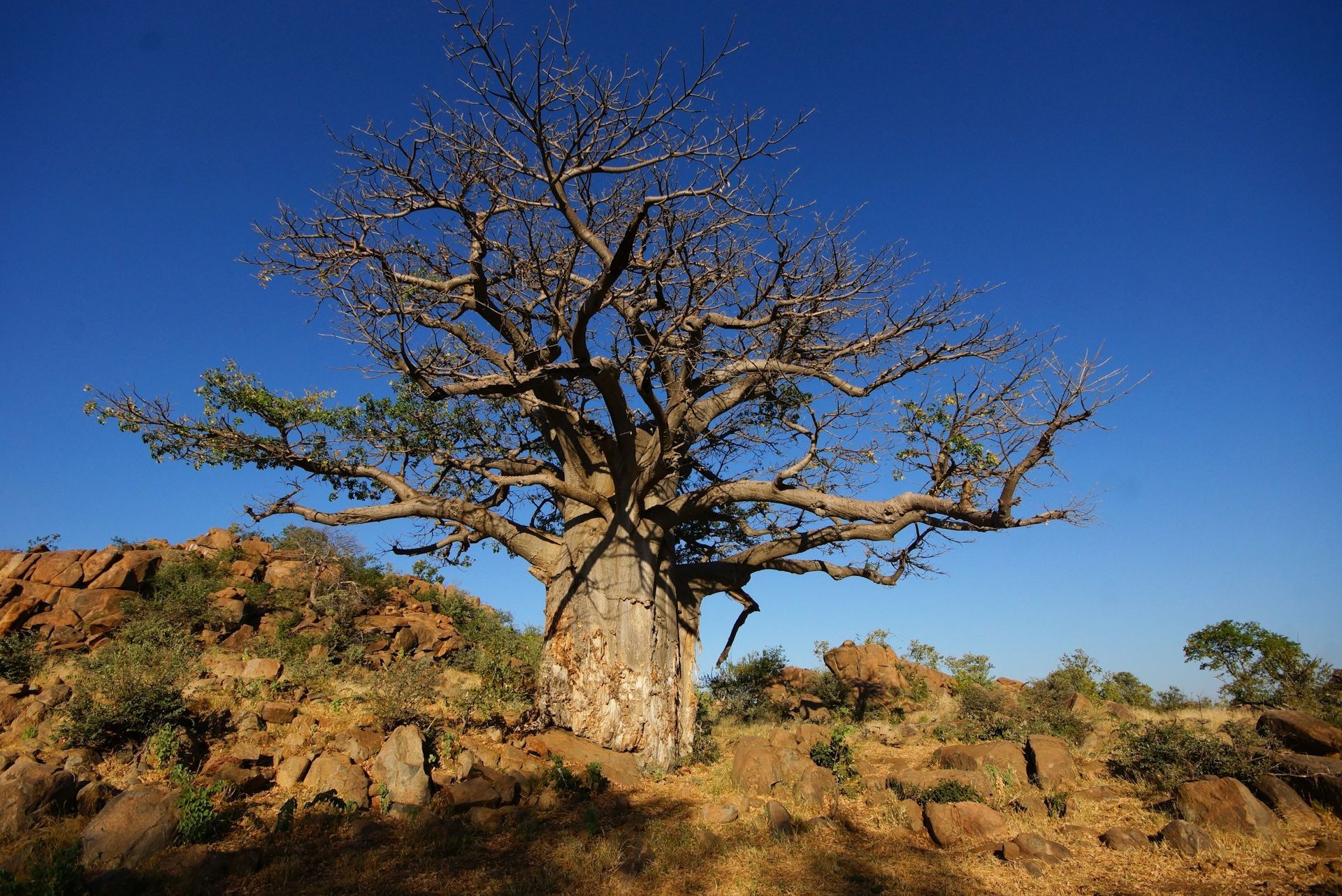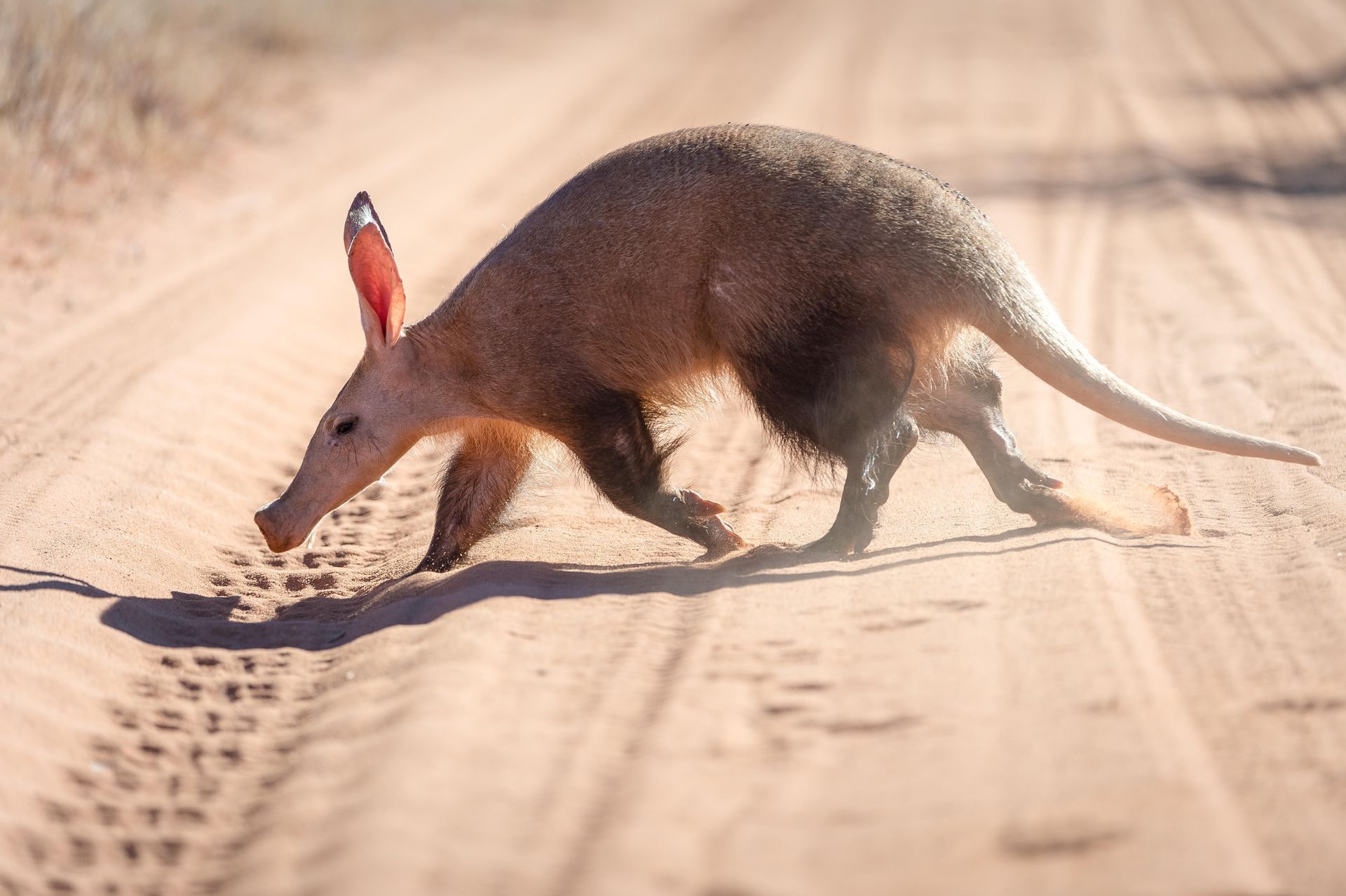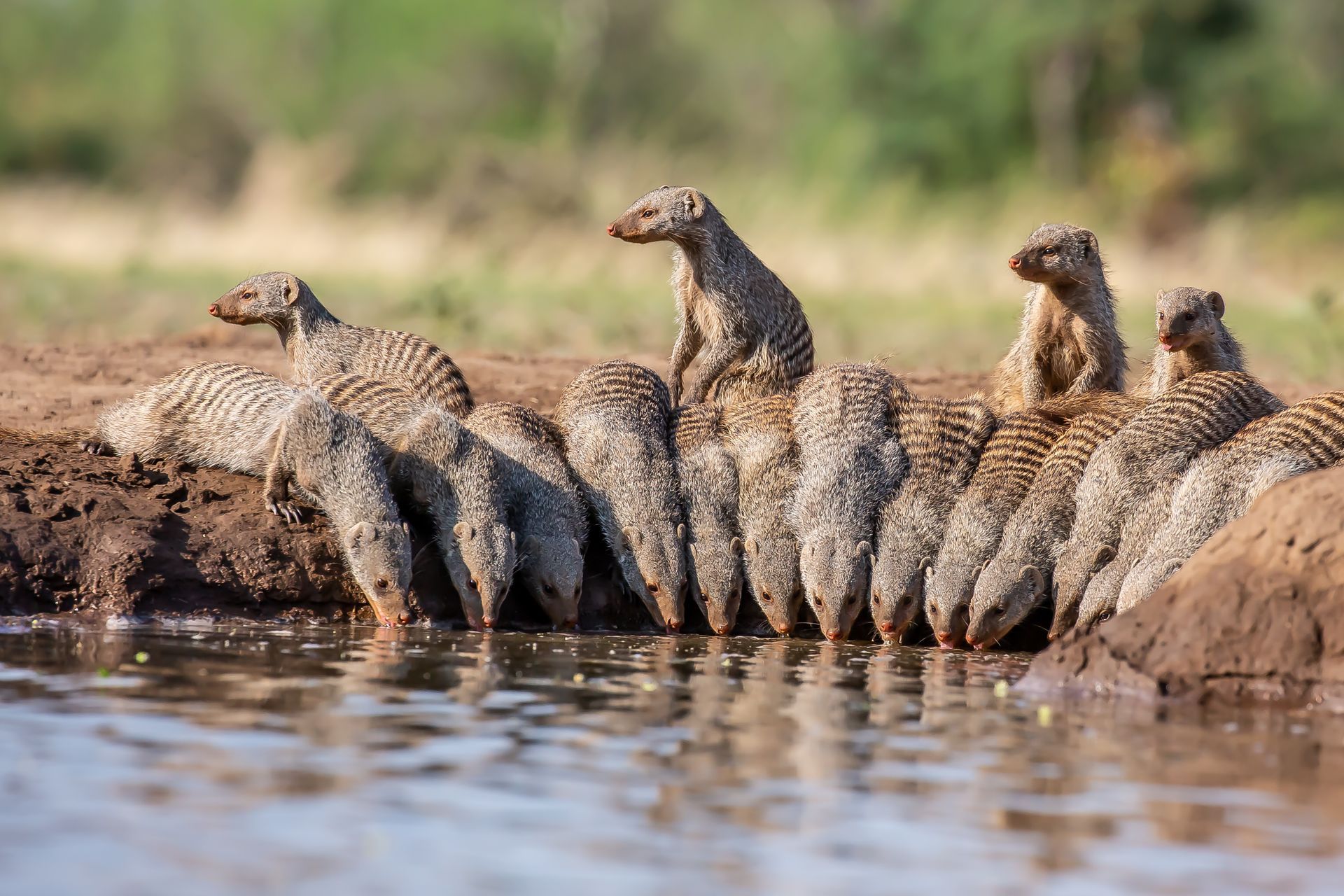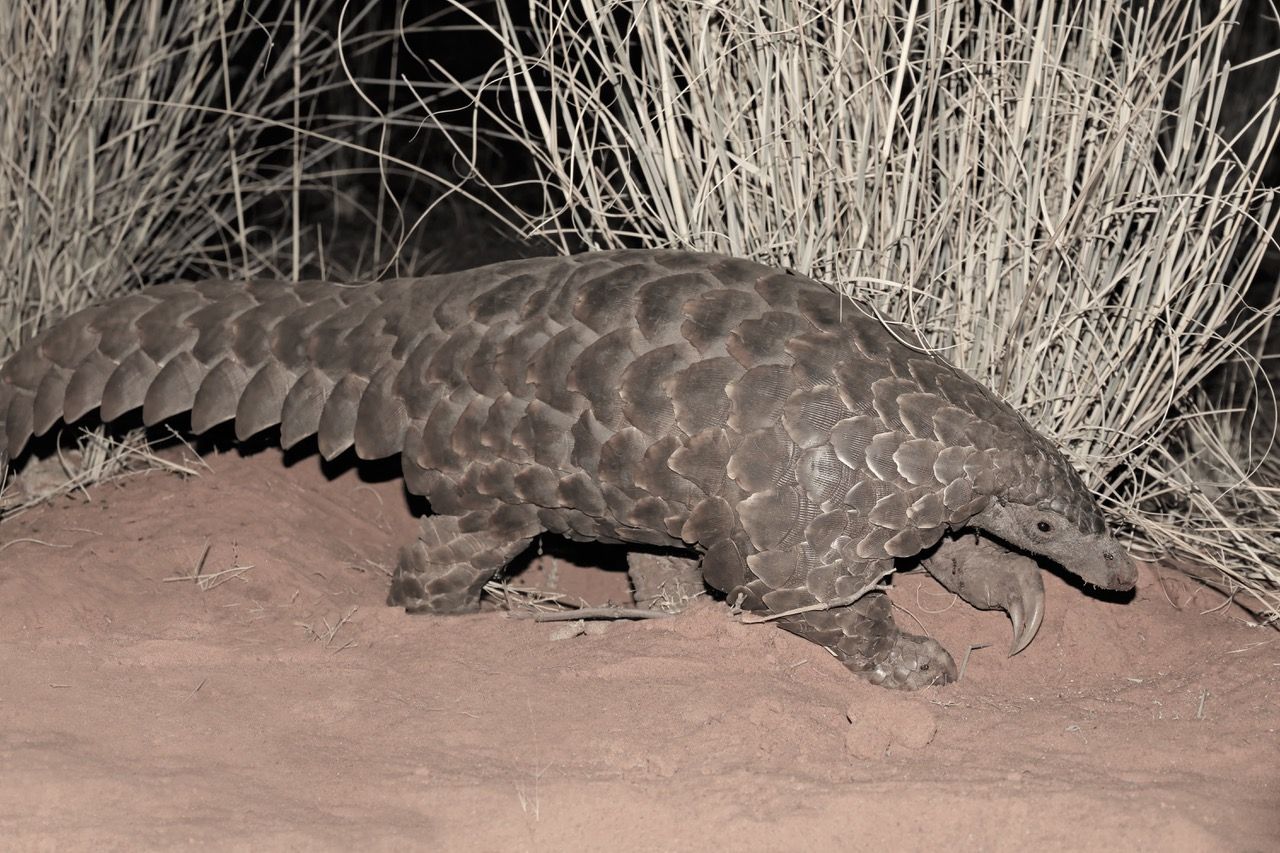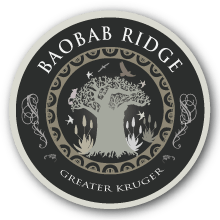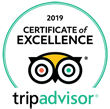CALL US ON +27 73 926 4724
Raining cats and dogs?

PREDATORS APLENTY AT BAOBAB RIDGE!
As part of the Greater Kruger National Park - an area renowned for its high concentrations of carnivores - the Klaserie is blessed with regular sightings of Africa's iconic big cats and packs of painted wolves (African wild dogs).
Does it rain cats and dogs here? We'd be tempted to say yes, but that may be pushing the boundaries of providence, so we'll just rest on our laurels and tell you that you've got a good chance of seeing one of the Klaserie's fabled big cats during your stay at Baobab Ridge, as well as perhaps striking lucky where our "local" pack of painted wolves is concerned.
Of course, it's all down to good fortune and we can never guarantee what you're going to see when out on your morning and afternoon game drives, but we are blessed when it comes to getting up close and personal with these wonderful apex predators, and over the years our guests have been privileged enough to experience some amazing up-close-and-personal encounters.
Only recently we literally "tripped" over a cheetah who had decided to rest in the road between the lodge and our staff village and we often hear lions at night calling close to camp.
So what is it that makes this area so prolific when it comes to predators?
The Klaserie has a long and distinguished history of spectacular lion prides that over the years have become almost legendary in the Greater Kruger area. The Ross Pride, Mbiri Pride and River Pride are well documented and form a tremendous legacy when it comes to local lion dynamics. The same can be said for leopards, from beautiful females like Cleo and Manzi to a variety of imposing males.
The Klaserie is part of an extensive unfenced game corridor that spreads from the Kruger National Park through the neighbouring Timbavati to the Manyeleti and Sabi Sand, wedged between the Klaserie River and the Timbavati River (both tributaries of the Olifants).
In the south of the Klaserie, where we are located, the grazing and browsing is excellent and there are an assortment of waterholes and small dams, so there is naturally a proliferation of prey species here like impala, wildebeest and zebra, all of which means good hunting for big cats and packs of painted wolves alike.
When it comes to the dogs, it's often challenging to see painted wolves on a regular basis because they have such extensive home ranges, often covering as much as 1500 square kilometres! When they are not denning to have pups, painted wolves are constantly on the move, needing to feed every day. They are by far Africa's most successful hunters in that their kill rate is much higher than that of lions, cheetahs or leopards.
That said, we've been fortunate enough to have fairly regular sightings of these beautiful creatures as they move through the Klaserie and neighbouring Timbavati, thrilling our guests with their wonderful interactions and spectacularly patterned coats!
With an estimated 6,600 painted wolves left in Africa, they are officially the second most endangered carnivore (after the Ethiopian wolf) and the one with the most names! From Cape hunting dog to wild dog and painted dog to ornate wolf, they're now recognised as the painted wolf thanks to it being the literal translation of their latin name - Lycaon pictus. It's a fitting name thanks to that wonderfully mottled fur that's unique to each animal, rather like a visual fingerprint.
We just love all of our gorgeous cats and our wonderful dogs, and irrespective of whether you're a cat person, a dog lover, both or entirely ambivalent, your stay with us here in the Klaserie will hopefully give you a new perspective on these incredible predators and the importance of protecting the wilderness areas they call home.
